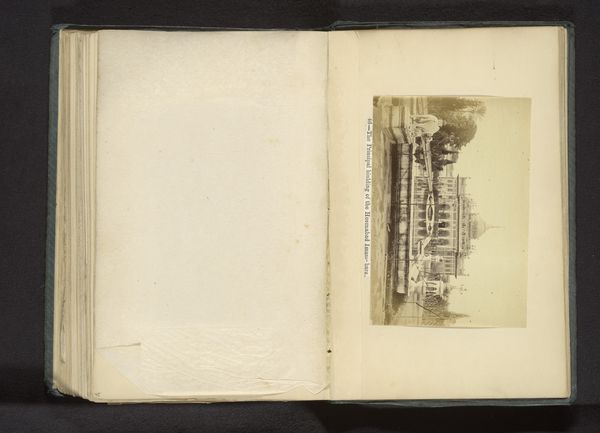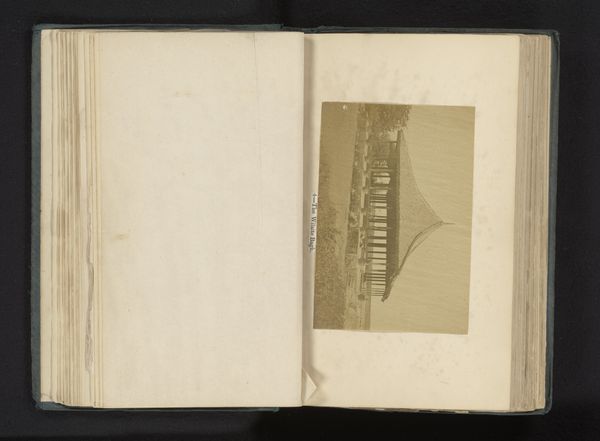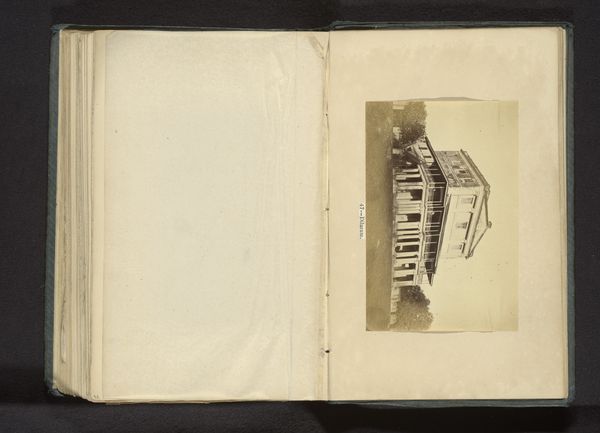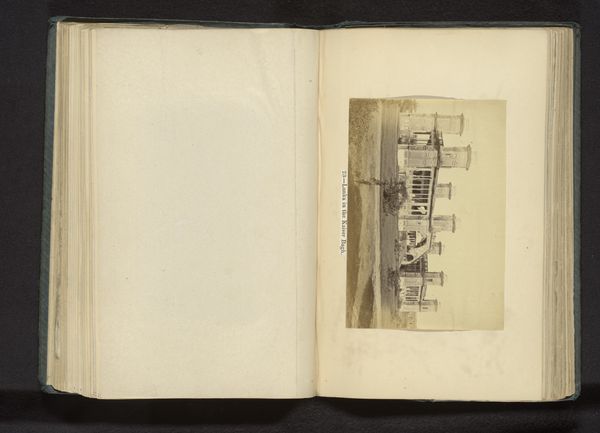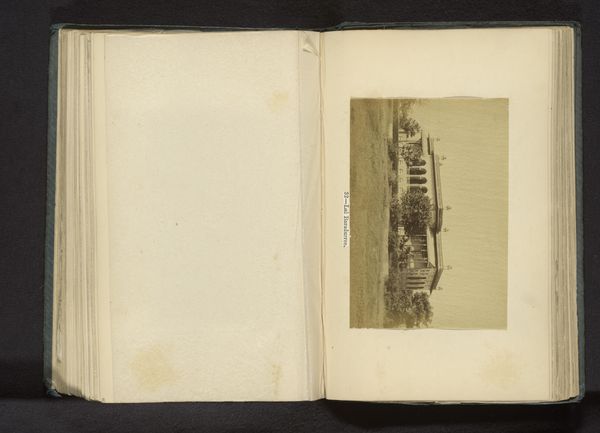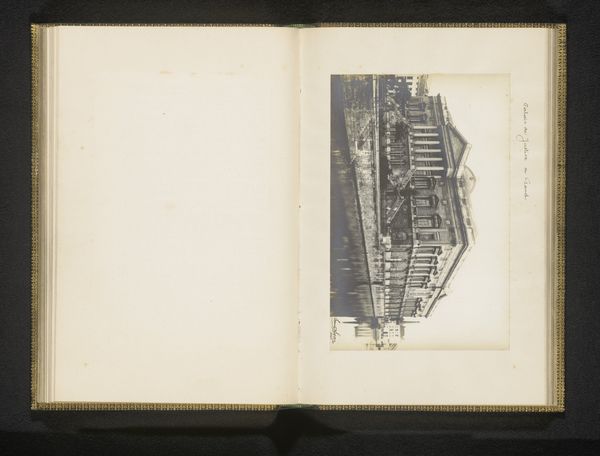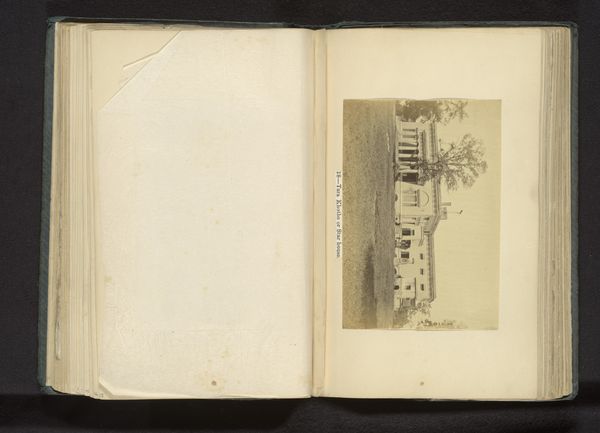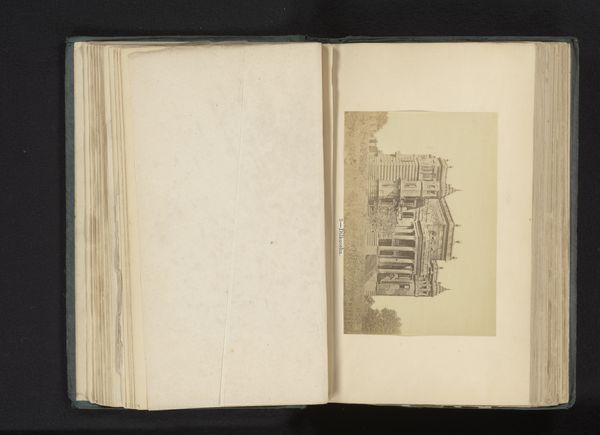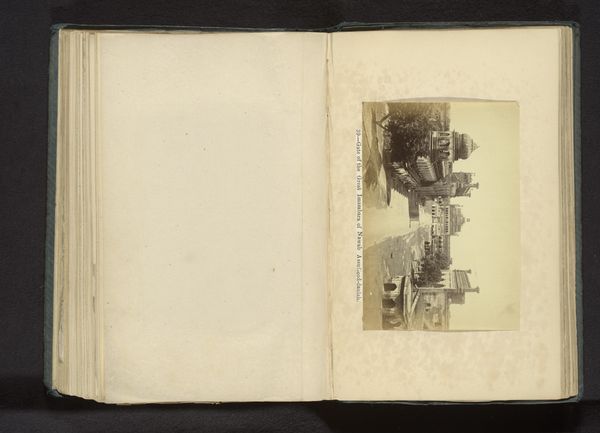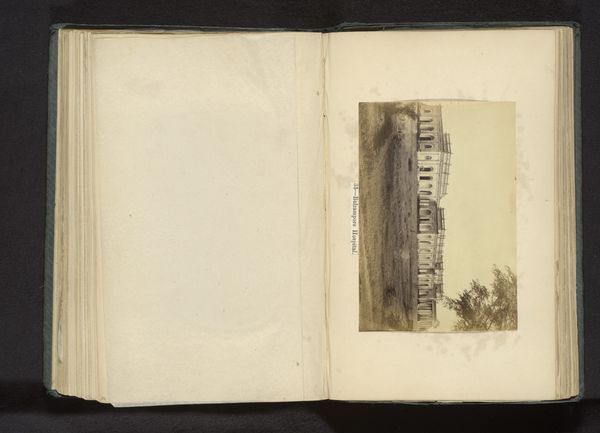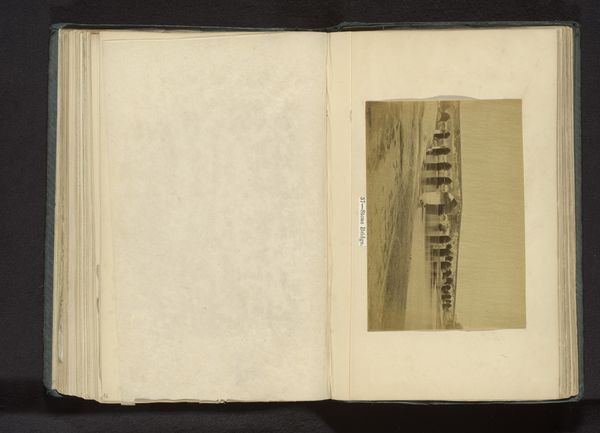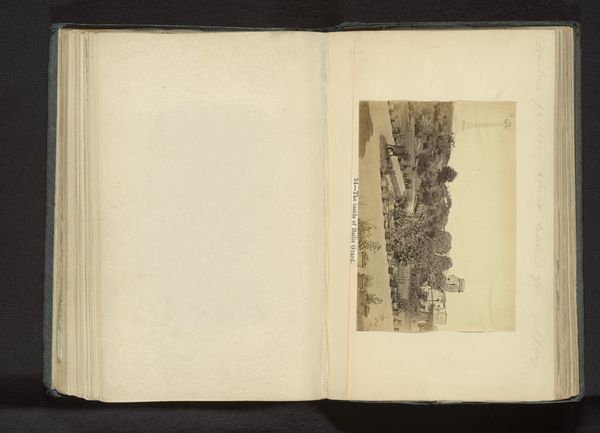
print, photography, albumen-print, architecture
# print
#
photography
#
cityscape
#
islamic-art
#
albumen-print
#
architecture
Dimensions: height 105 mm, width 154 mm
Copyright: Rijks Museum: Open Domain
Editor: This albumen print, titled “Facade van het hoofdgebouw van Bara Imambara in Lucknow” by Darogha Ubbas Alli, dating from before 1874, is intriguing. It gives me the feeling of stepping back in time, like looking at a faded postcard of a grand monument. How would you interpret the photograph in terms of its historical context? Curator: It’s important to recognize how photography like this played a role in shaping perceptions of India under British rule. These albumen prints, mass-produced, circulated widely, solidifying visual representations of colonial power and exoticizing local architecture. Did this image perhaps contribute to a specific political agenda or influence a particular demographic in the West? Editor: That's fascinating, the idea of a seemingly straightforward architectural shot carrying that weight. I guess I hadn't thought about how its circulation itself was a political act. How do you think the choice to photograph architecture, specifically Islamic architecture, contributed to the larger colonial narrative? Curator: Architectural photography was a crucial tool for both documentation and control. Photographing impressive structures like the Bara Imambara visually asserted British understanding and command of Indian culture and resources. Moreover, by controlling the imagery, colonial powers dictated how the rest of the world saw, and understood, India. Can you see how this might have impacted cultural understanding, or even misunderstanding? Editor: I see now that it goes beyond just pretty pictures, really shaping perceptions and reinforcing power dynamics. Thanks, I will definitely look closer at photography of the time. Curator: Precisely! Remember, understanding the circulation and the power of imagery can change the way you perceive the past.
Comments
No comments
Be the first to comment and join the conversation on the ultimate creative platform.
